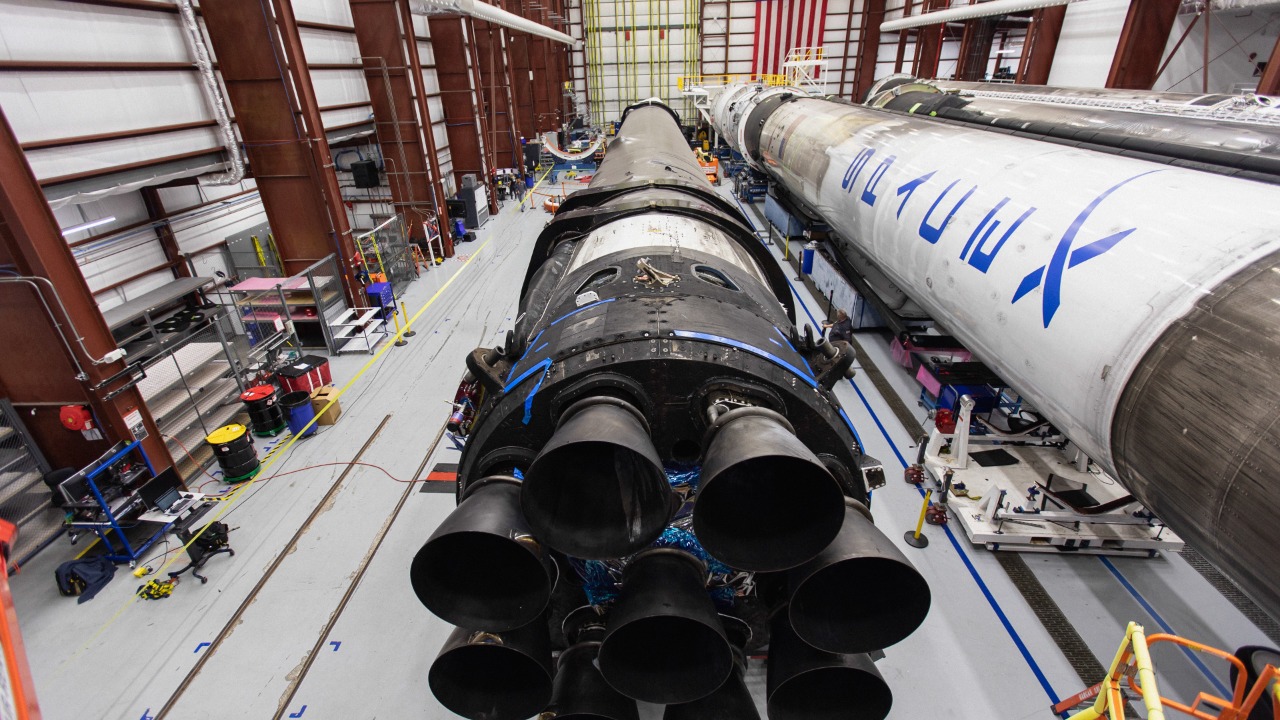
SpaceX, a pioneer in aerospace innovation, has achieved a remarkable feat: producing a Raptor engine every 24 hours. This rapid production rate is a testament to their advanced manufacturing techniques and commitment to revolutionizing space travel. By examining the factors that contribute to this achievement, we gain insight into the future of space exploration.
The Evolution of the Raptor Engine
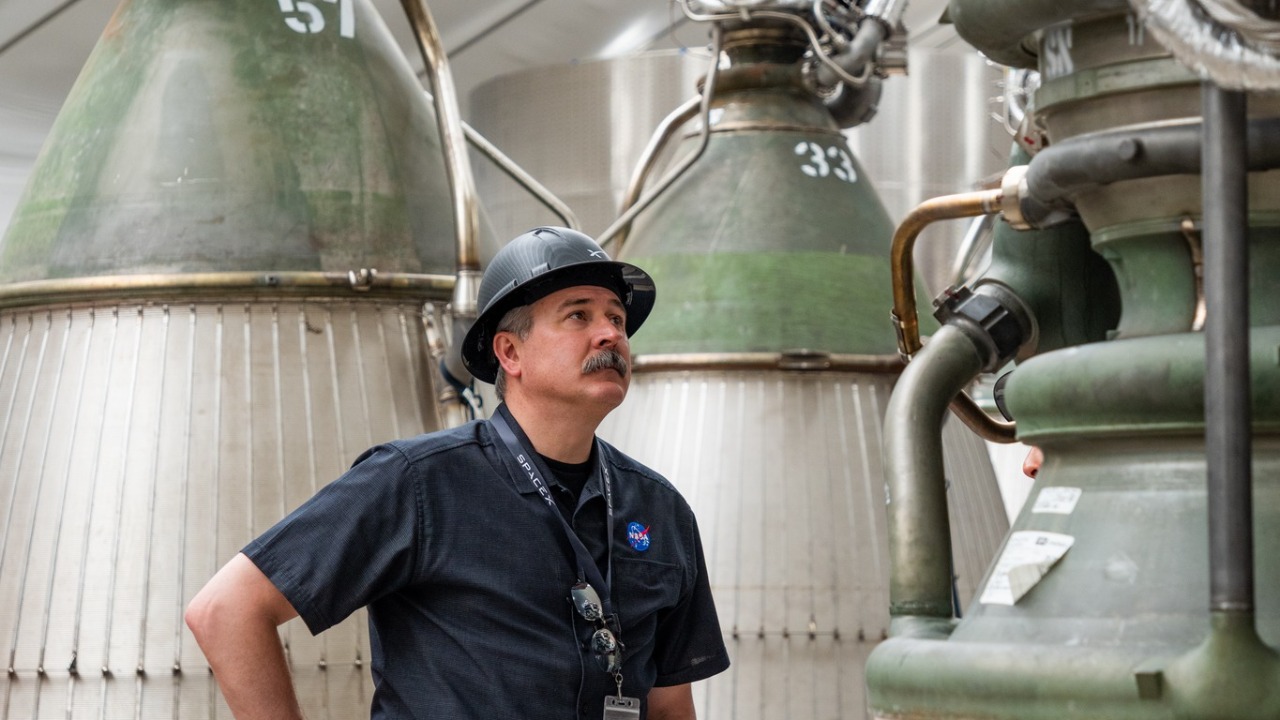
The Raptor engine was developed with a long-term vision in mind, aimed at supporting SpaceX’s mission to enable human life on other planets. Initially conceived to power the Starship, which is designed for missions to Mars and beyond, the Raptor represents a significant leap in rocket engine technology. It is a full-flow staged combustion engine, a design choice that maximizes efficiency and thrust while minimizing waste, aligning perfectly with SpaceX’s goals for sustainable, cost-effective space travel.
The Raptor engine’s technological advancements have set it apart from predecessors like the Merlin engine. Notably, it uses methane as fuel, which can potentially be sourced from Mars, further supporting SpaceX’s aspirations for interplanetary travel. The engine’s ability to generate higher thrust with greater efficiency makes it an attractive choice for heavy-lift launch vehicles. As a result, the Raptor has not only advanced SpaceX’s capabilities but also influenced the broader aerospace industry, prompting other manufacturers to rethink their engine designs and strategies. The engine’s success has paved the way for newer, more ambitious projects, fostering a wave of innovation that extends beyond SpaceX alone.
Streamlined Manufacturing Processes

SpaceX’s rapid production of the Raptor engine is a remarkable achievement enabled by advanced assembly lines that incorporate state-of-the-art techniques. The company has invested heavily in modern manufacturing technologies, allowing them to significantly reduce production time without compromising on quality. By implementing a continuous flow process, SpaceX ensures that each component of the Raptor engine is assembled with precision and efficiency, facilitating a seamless transition from one stage of production to the next.
Automation and robotics play a crucial role in SpaceX’s manufacturing strategy, drastically reducing the time required to produce each engine. Automated systems handle repetitive and complex tasks with high precision, minimizing human error and enhancing overall productivity. This reliance on technology has allowed SpaceX to maintain a consistent production schedule, ensuring that the company can meet the growing demand for Raptor engines. Quality control remains a top priority, with rigorous protocols in place to ensure that each engine meets the company’s high standards. These measures include extensive testing at various stages of production, ensuring that each Raptor engine is ready for the challenges of space travel.
Supply Chain Optimization
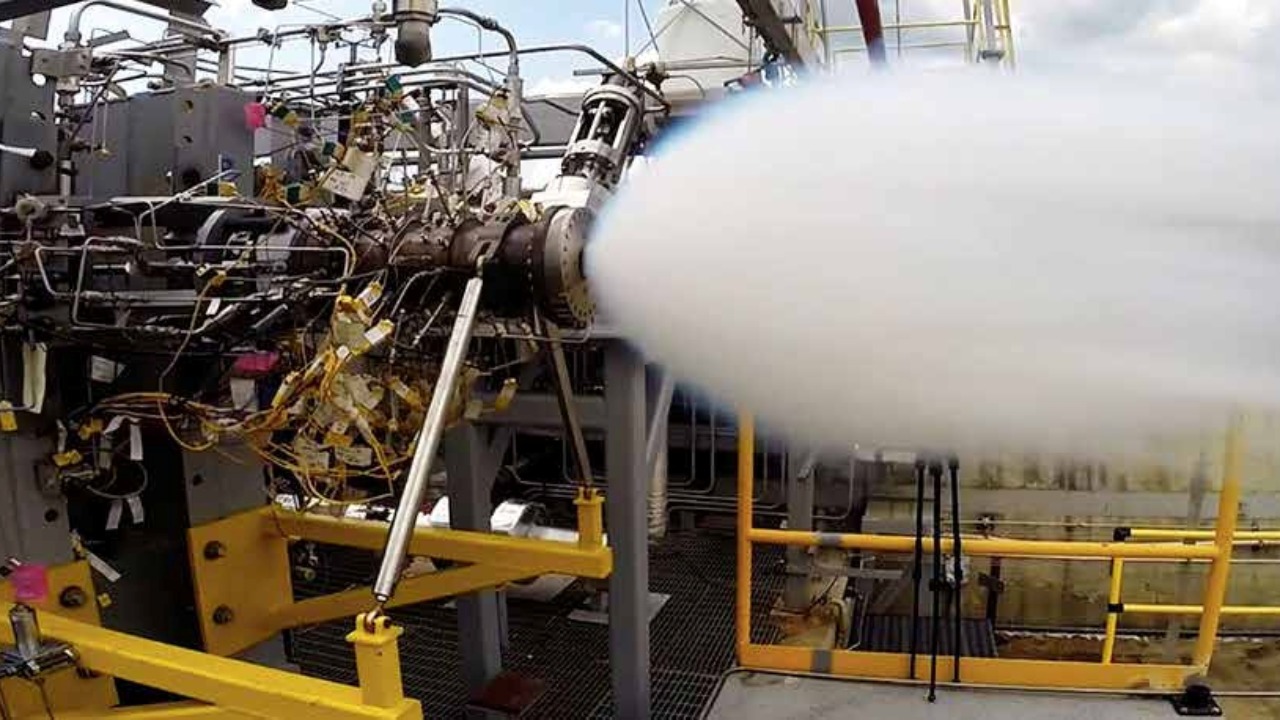
A vital component of SpaceX’s success in producing a Raptor engine every 24 hours is its optimized supply chain. Through strategic partnerships with suppliers, SpaceX ensures that materials are sourced efficiently and cost-effectively. These collaborations have allowed the company to maintain a steady flow of essential components, minimizing potential disruptions and delays in production. For instance, by working closely with suppliers, SpaceX can secure high-quality materials at competitive prices, further enhancing the overall efficiency of their manufacturing process.
In-house production of key components gives SpaceX a significant advantage, reducing reliance on external vendors and allowing for greater control over the quality and availability of parts. By manufacturing critical components internally, SpaceX can quickly adapt to changes in demand and ensure consistency across all Raptor engines. Additionally, effective inventory management strategies help SpaceX maintain the necessary balance between having sufficient materials on hand and avoiding overstocking. This careful management helps prevent shortages and ensures a smooth production cycle, further contributing to the company’s impressive production capabilities.
Workforce and Culture
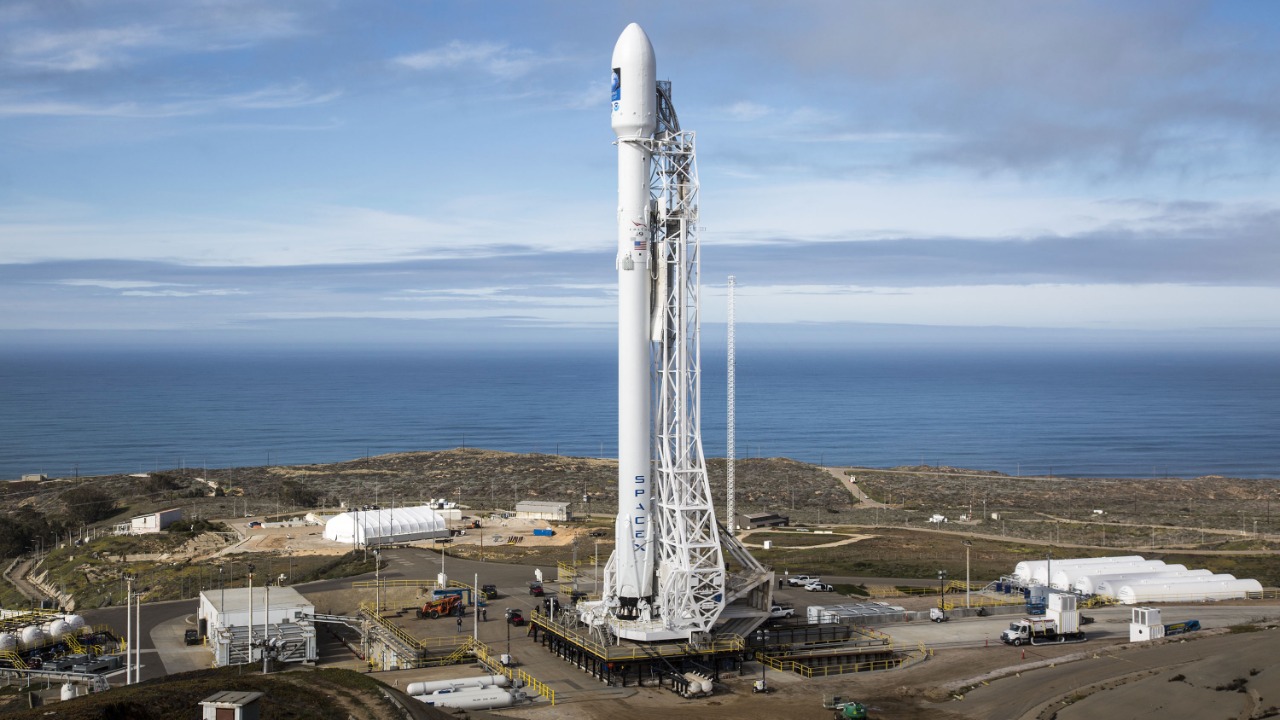
The skilled workforce at SpaceX is integral to maintaining the rapid production pace of the Raptor engine. Employees undergo extensive training to master the complex processes involved in engine manufacturing, ensuring that they can contribute effectively to the production cycle. This expertise, combined with a commitment to excellence, allows SpaceX to maintain its high production standards, even as output increases.
At the heart of SpaceX’s success is its innovative company culture, which fosters creativity and problem-solving. The company encourages employees to think outside the box and develop novel solutions to challenges, an approach that has been instrumental in achieving a 24-hour production cycle. SpaceX’s culture is built on a foundation of collaboration and continuous improvement, with employees empowered to take initiative and make meaningful contributions to the company’s mission.
To keep employees motivated and engaged, SpaceX offers various incentives and fosters a supportive work environment. This focus on employee satisfaction has resulted in high retention rates and a dedicated team that is passionate about advancing SpaceX’s goals. By prioritizing workforce development and maintaining a positive company culture, SpaceX ensures that its employees remain focused and driven, contributing to the rapid production of the Raptor engine.
Challenges and Future Prospects
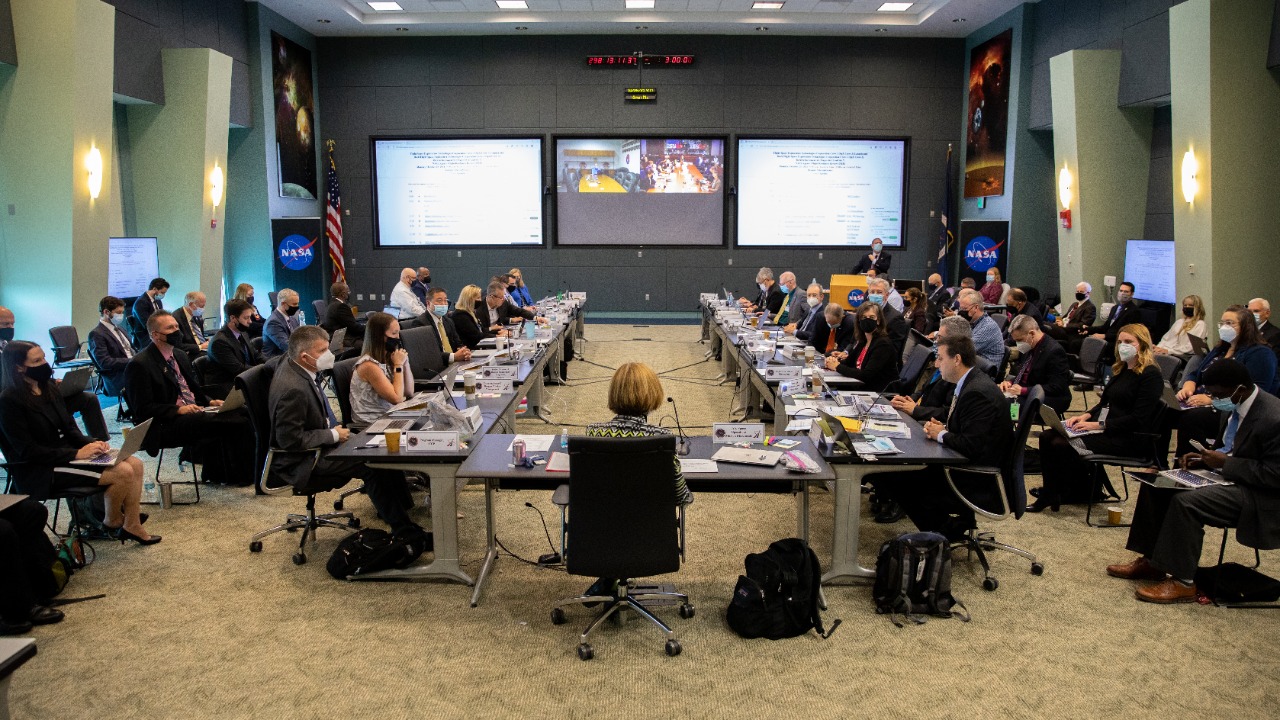
Despite its remarkable achievements, SpaceX has faced several challenges in achieving a 24-hour production cycle for the Raptor engine. Initial production hurdles included scaling the manufacturing process and refining quality control measures. However, through persistent innovation and adaptation, SpaceX has managed to overcome these obstacles, setting the stage for even greater accomplishments in the future.
As demand for the Starship and Raptor engines increases, SpaceX is exploring ways to scale production further. The company is continuously evaluating and refining its manufacturing processes to accommodate future growth and ensure that it can meet the evolving needs of space exploration. By staying ahead of industry trends and embracing cutting-edge technologies, SpaceX is well-positioned to maintain its leadership in the aerospace sector.
The long-term vision for the Raptor engine aligns with SpaceX’s ambitious goals for space exploration. As the cornerstone of the company’s aspirations for interplanetary travel, the Raptor engine will play a crucial role in enabling missions to Mars and beyond. By continuing to push the boundaries of what is possible, SpaceX is paving the way for a new era of space exploration, where humanity can reach new frontiers and expand its presence beyond Earth. For more insights into SpaceX’s innovations, you can visit their updates page.